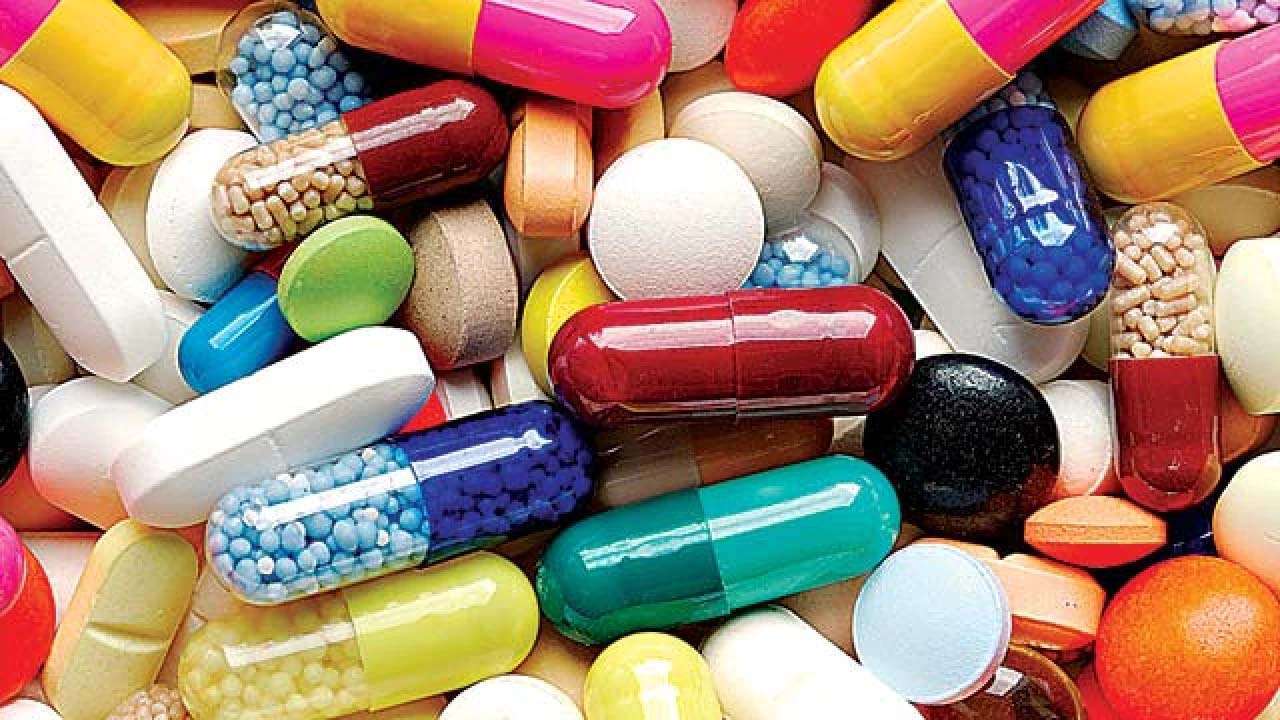
Govt Intensifies Drug Quality Measures with Rigorous Inspections and Regulatory Actions
In a recent Lok Sabha address, Union Minister for Chemicals and Fertilizers Jagat Prakash Nadda detailed significant efforts by the Central Drugs Standard Control Organization (CDSCO) and State Drugs Controllers (SDCs) to ensure drug quality across the country. To assess regulatory compliance, these bodies have conducted risk-based inspections of 400 drug manufacturing premises, including small and medium enterprises (SMEs). These inspections were targeted based on factors such as the number of drugs reported as "Not of Standard Quality," consumer complaints, and the criticality of the products.
During these inspections, numerous drug samples were tested, with some found to be “not of standard quality.” In response, more than 300 regulatory actions have been taken by State Licensing Authorities, including issuing show-cause notices, halting production, and suspending or canceling licenses and product licenses in line with the Drugs Rules, 1945.
The regulatory framework governing drug manufacturing and sales in India is established under the Drug and Cosmetics Act, 1940, and its associated rules. This system involves licensing and inspections conducted by State Licensing Authorities appointed by state governments. Licensees are required to adhere to all licensing conditions, including Good Manufacturing Practices (GMP) as outlined in the Drugs Rules, 1945. State Licensing Authorities are empowered to enforce compliance, including prosecuting violations in appropriate courts.
In recent years, the government has implemented several measures to enhance drug quality. The Drugs & Cosmetics (Amendment) Act, 2008 introduced stricter penalties for the manufacture of spurious and adulterated drugs, with certain offences now being cognizable and non-bailable. Many states and Union Territories have established special courts to expedite the trial of offences under the Drugs and Cosmetics Act.
Additionally, the number of sanctioned posts within CDSCO has been significantly increased over the past decade to bolster regulatory oversight. Amendments to the Drugs and Cosmetics Rules, 1945 now require applicants to submit bioequivalence study results when applying for manufacturing licenses for oral dosage forms. The rules also mandate joint inspections of manufacturing establishments by both Central and State Government Drugs Inspectors before granting manufacturing licenses.
Furthermore, applicants must now provide evidence of the stability and safety of excipients before a manufacturing license is granted. The central regulator coordinates with State Drug Control Organizations and provides expert advice through the Drugs Consultative Committee meetings, promoting uniformity in the administration of drug regulations.
In December 2023, the Drugs Rules, 1945 were amended (G.S.R. 922 (E)) to update Schedule M, which relates to GMP and requirements for premises, plant, and equipment in pharmaceutical manufacturing. The revised Schedule M also includes Quality Management System (QMS) requirements, further strengthening the regulatory framework for ensuring drug quality.
These comprehensive measures reflect the government's commitment to enhancing drug safety and efficacy, ensuring that manufacturing practices throughout the country meet the highest standards.